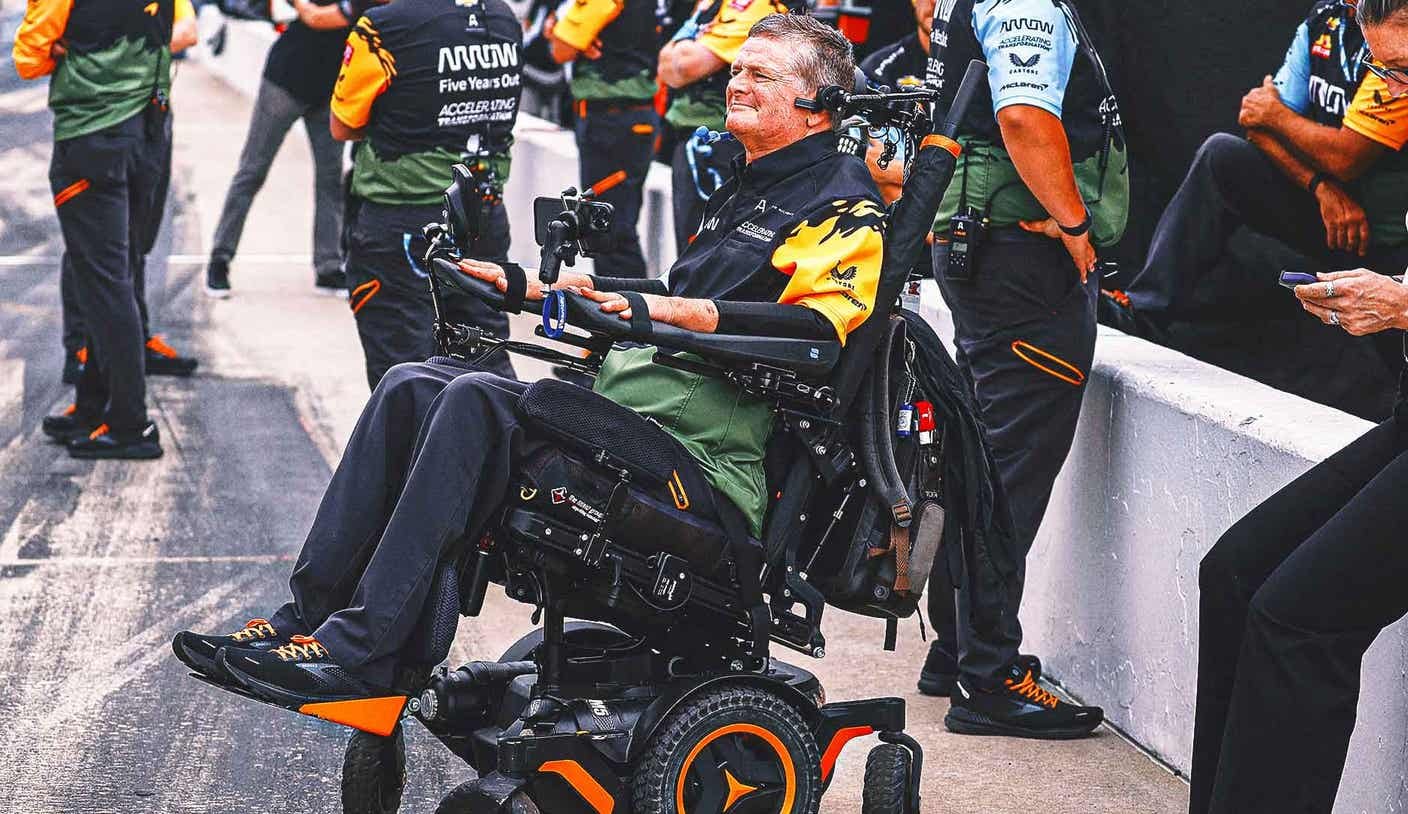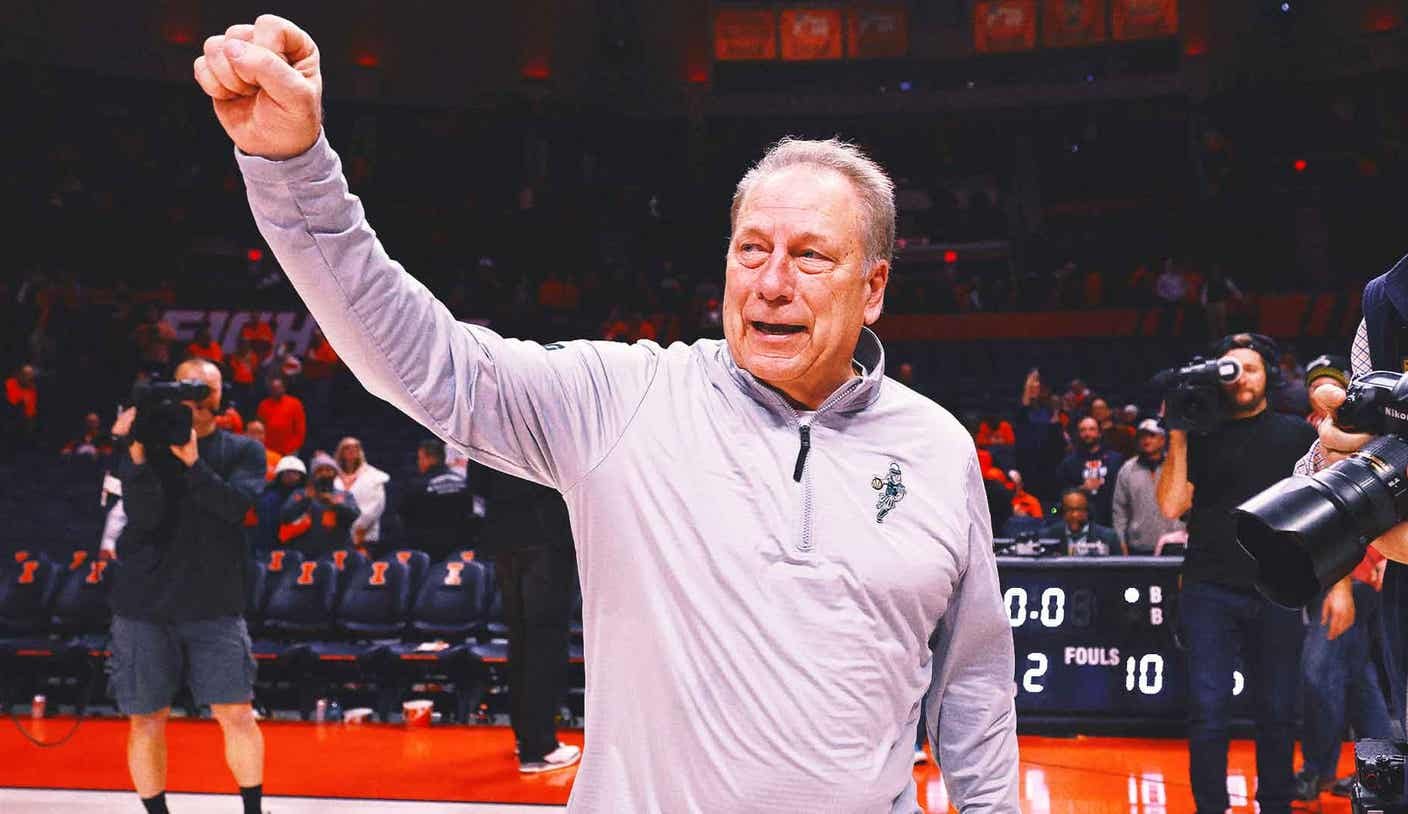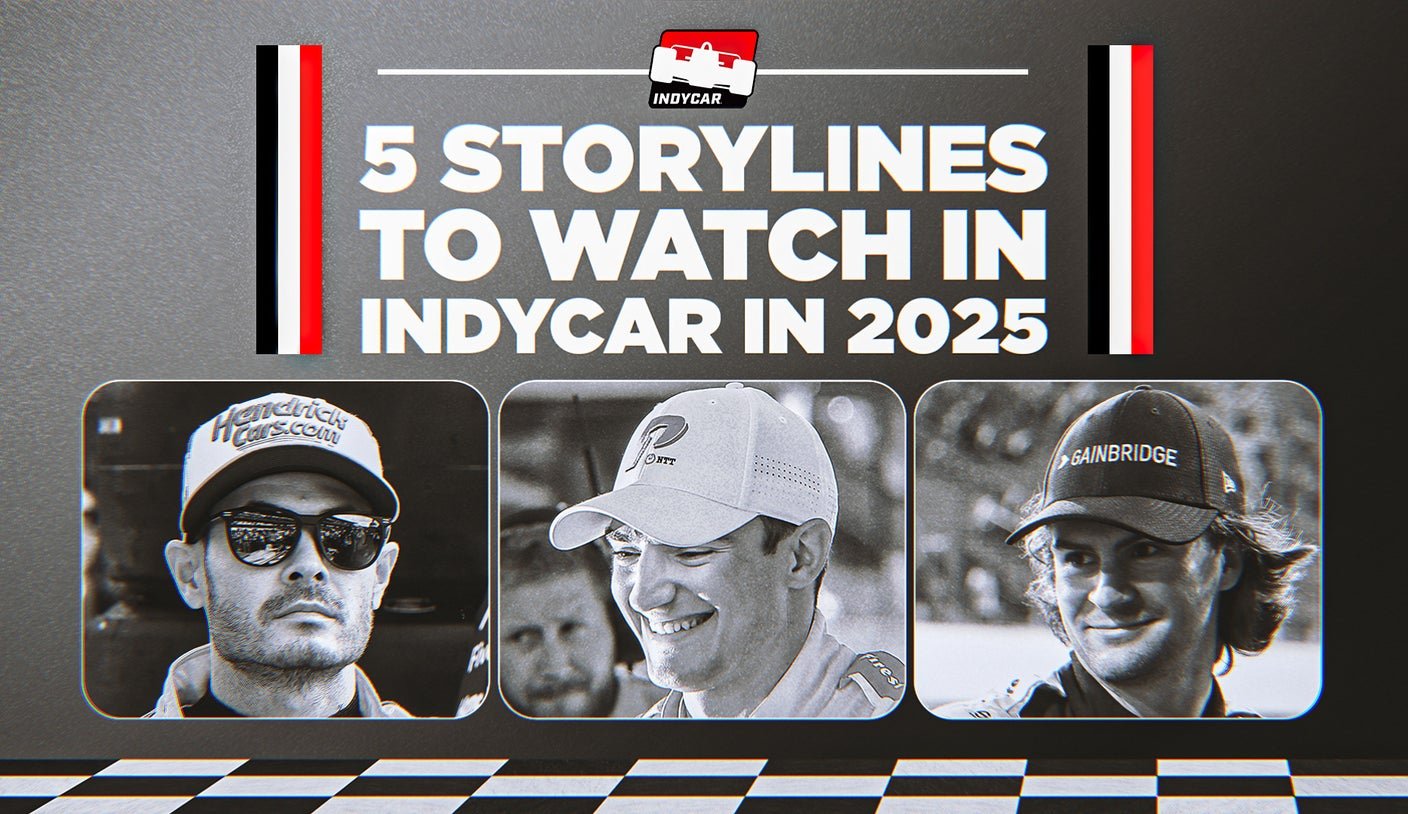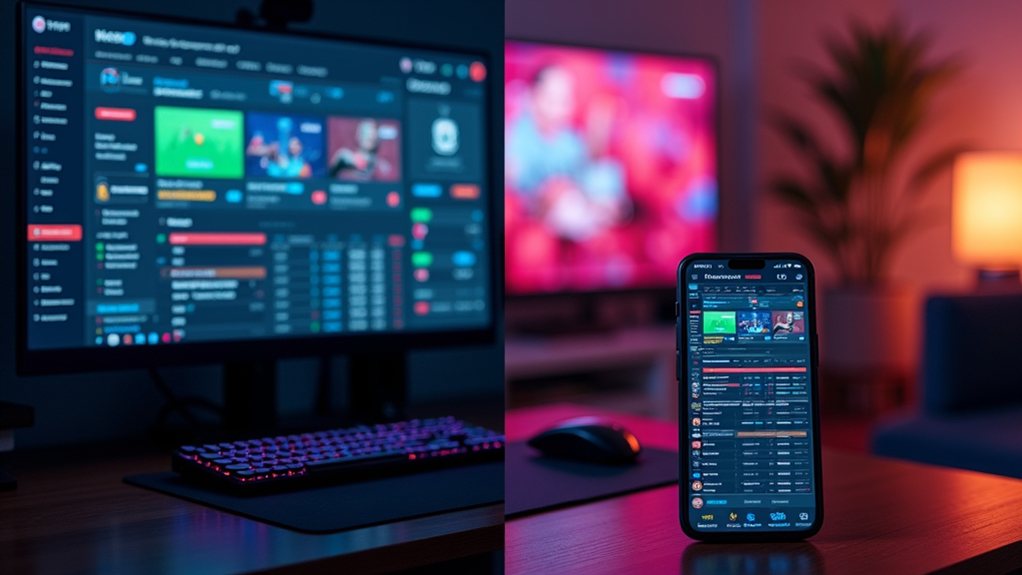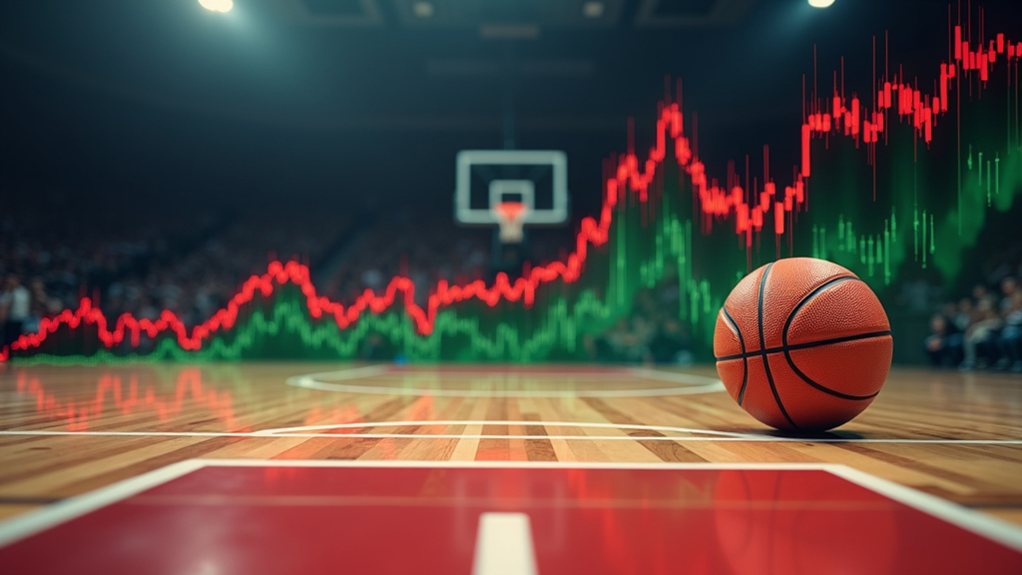INDIANAPOLIS — Twenty-five years after his life-altering crash, Sam Schmidt continues to inspire hope among those affected by spinal cord injuries. His journey from a promising IndyCar driver to an advocate for recovery and rehabilitation has become a beacon for many.
In January 2000, at the age of 35, Schmidt faced a devastating setback while practicing at Walt Disney World Speedway, resulting in injuries that left him a quadriplegic.
“Those were tough times,” Schmidt reflected. “You can’t plan too far ahead. Life throws challenges your way, and it’s up to us to seize the opportunities that arise.”
His commitment to helping others is evident in the establishment of the $20 million Driven NeuroRecovery Center in Indianapolis. This 114,000-square-foot facility embodies his mission to restore hope for those who feel lost.
“We want to change the narrative for families facing life-altering situations,” Schmidt stated. “Our goal is to empower everyone who walks through our doors with the resources, support, and encouragement they need to reclaim their lives.”
Despite the challenges, Schmidt remains a symbol of resilience. He previously owned a share of Schmidt Peterson Motorsports, which was recently acquired by Arrow McLaren. His unique driving adaptations, utilizing mouth controls, have allowed him to continue his passion for racing.
One of his proudest moments came when he walked his daughter down the aisle and danced at her wedding, aided by a specialized suit.
“That day was the highlight of my past 25 years,” he shared. “Experiences like that motivate me to inspire others to strive for improvement.”
Reflecting on his racing career, Schmidt noted, “Back then, we faced a different landscape with different challenges. Winning my first race at Las Vegas in 1999 was a turning point. I was finally on a competitive team, and the future seemed bright.”
Following his accident, Schmidt acknowledged his fortunate access to resources that many do not have. “I had professional athlete insurance and a strong support network, which is not the reality for most people in my situation,” he explained.
“We strive to provide a similar level of care and support to others, helping them navigate their own paths to recovery.”
